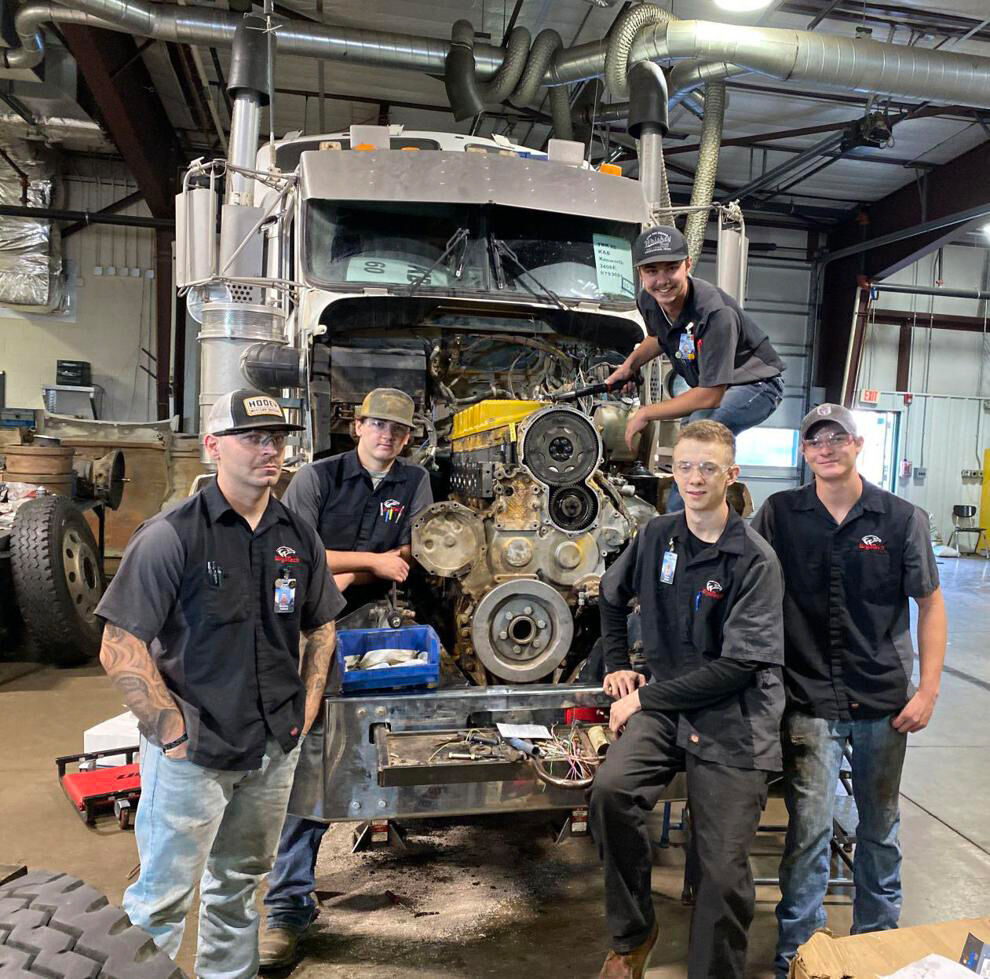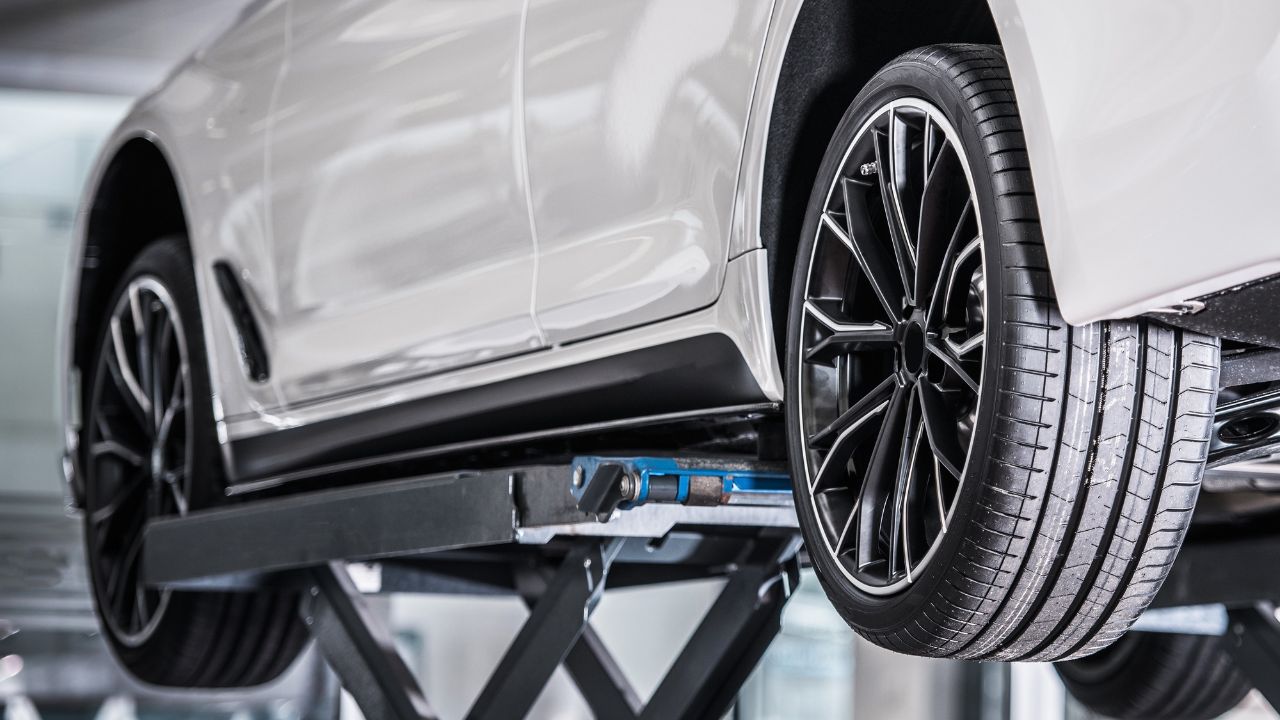
OEM car parts are manufactured by a manufacturer other than the one that made your vehicle. When you buy OEM parts for your car, you are replacing the original part that was installed in the factory. But, aftermarket parts often perform better than OEM parts. You should be careful when purchasing OEM parts. The main difference between OEM and aftermarket car parts is the manufacturer. OEM parts are more expensive and you may end up spending more money on your replacement car.
Aftermarket parts
Many new cars use OEM parts. But you may wonder how these parts are different. Although they are made by another manufacturer, aftermarket parts perform the same function. When necessary, they can replace OEM parts. Many people use aftermarket parts for their vehicle maintenance and repair. The decision of which part to buy is yours.
Aftermarket parts can add to the performance of your vehicle and increase its durability, while OEM parts may not have the same warranty. A single company can stock millions of aftermarket car parts. This makes it easier for you to find them. OEM parts might not be available at your local mechanic shop. You will ultimately make the decision to buy aftermarket parts based on your requirements.

OEM parts
It is worth looking at the part's original equipment manufacturer and original supplier labels if you're interested in buying parts for your car. The former refers directly to the company which manufactured the part. The latter refers only to the company who made it. OES parts are usually more expensive than OEM parts. The only difference between OES and OEM parts is their cost. OEM parts are a better option for your car.
OEM parts offer superior quality and performance over aftermarket parts. They fit your car in exactly the same way they did the original part. That means you have less hassle. The manufacturer guarantees its quality and will stand behind it. It will fit perfectly and last longer, so you can rest assured. OEM parts also come with warranties that protect you in case something goes wrong with them. OEM parts can be purchased at an authorized Toyota dealer.
Used parts
OEM parts are original parts that were made by the manufacturer for your vehicle. They are specifically made for your vehicle model and guaranteed to work. OEM parts can be cheaper than aftermarket ones. OEM dealers can help you purchase a new brake system for your vehicle. They are more durable than aftermarket components. However, you should be aware of some things before buying them.
The first thing you should do is to verify the quality. OEM parts are typically of higher quality, and will fit your car more well than aftermarket. OEM parts are covered by a limited warranty. OEM parts are often expensive. You should not use them unless you have the funds. If you ask your insurance company not to pay for the original parts, they may refuse. It is best to speak with your insurance company before purchasing aftermarket parts.

Original design manufacturer
Original Design Manufacturer (ODM), refers to the company who designed the part for the client. This is different from an Original Equipment Manufacturer, which manufactures the product in bulk. An ODM may provide the seat for a Ford, for example, or it may manufacture the entire car. The differences lie in financing, design, and distribution. Let's examine each one individually. Here are some tips for ODMs who are interested in becoming one.
First, consider the benefits to working with an OEM. One company may manufacture parts for another company and sell them through a network distributors or service providers. An example of this is car parts. These are also called original equipment parts. OEMs can also design and produce their own products. MOPAR, which stands to represent "motor parts", was once the primary manufacturer for Chrysler Corporation's car parts. Stellantis now uses MOPAR as their primary OEM retailer.
FAQ
Is it worth becoming a mechanic?
The answer to this question will depend on your goals for life. If you are looking for financial gain, then yes. However, if purpose and meaning are what you seek, then no.
If you don't have any mechanics skills, then there's no point getting into it because you'll just end up wasting time. It will not make you rich. It's unlikely that you will be famous. And it's unlikely to change your life.
You'd have to spend years learning how things work. You would still need to hire someone to fix your car if it breaks down. It's the reason most people don't bother. They find something else to do.
Summarising, if your goal is to make lots of money, go for it. But if you want to live a meaningful life, stay away from the mechanic's industry.
What do I need to know about car mechanics?
You don't need to know anything about cars to work as an auto mechanic. All you need to know is how to fix things. It's why many people begin to fix things by fitting brake pads or changing tires.
You need to be able read and comprehend diagrams, follow written instructions and adhere to basic principles of good practice. You'll also need to be able to judge whether parts need replacing or repairing.
It is important to remember that proper training and guidance are essential for anyone who attempts to repair vehicles. This is especially important if you work with expensive parts such as transmissions or engines.
Even though you won’t need to know much more about cars, you will still need to have an in-depth understanding of mechanics and physics. This means understanding the principles behind how engines work and how brakes function.
It's also worth noting that you'll need to be prepared to deal with all sorts of situations. One example is when you could be working on a vehicle involved in a serious crash. Additionally, you will need to have experience with handling accidents and breakdowns.
Finally, you must be willing to learn new skills quickly. Not only will you need to be capable of diagnosing problems, but you also need to be able perform simple maintenance tasks like tightening nuts.
How do I prepare for a mechanic apprenticeship?
It is essential to understand what you are getting into. You need to understand the mechanics of cars and how they work. This will make it easy to find the right place to start your first day in the garage.
You should also know how to fix common problems such as tires or broken lights.
These lessons will help you to identify and fix problems.
You'll also need to know how different parts fit together to put them back together again.
Finally, it is important to know how tools can be used safely and efficiently.
All of these factors will allow you to become a skilled mechanic.
What is the length of an apprenticeship as an automotive mechanic?
It takes approximately three years to complete an automotive mechanic apprenticeship. The apprenticeship includes two years studying at school and two more as an apprentice. The first year is spent learning all aspects of the trade, including theory, practical skills, and safety procedures. You will also learn to use tools efficiently and safely during this period. After the first year, a second year will be spent on-thejob training. This year you'll get experience in different trades. These are also the times you can attend formal courses.
The final year of this program is spent in obtaining qualifications and becoming certified in your field. These include NVQs, which are obtained after passing industry-specific exams. You can also get HNCs (Higher National Certificates), that cover subjects such as customer service, business administration, management, and business administration. City & Guilds certificates can be obtained for individuals who want to learn certain trades.
How long is an automotive course?
An automotive course lasts for three years.
The first year is dedicated to theory and learning about cars. Practical training is the second year. You will learn to drive, fix engines and perform other tasks around the car. You will spend the final year working in a local garage to gain real-world experience.
Statistics
- The U.S. Bureau of Labor Statistics (BLS) reports that the job outlook for automotive service technicians and mechanics is expected to decline by 4% from 2019 to 2029. (indeed.com)
- Apprentice mechanics earn significantly less hourly than mechanics who have completed training, with a median wage of approximately $14.50 an hour, according to PayScale. (jobhero.com)
- 52% of Mechanics in the United States think their salaries are enough for the cost of living in their area. (indeed.com)
External Links
How To
How to become an Automotive Technician
A technician who works on vehicles is an automotive technician. He/she works at automotive shops, garages or service centers. He/she assists customers in fixing their cars, trucks or motorcycles. An automotive technician must have the ability to quickly diagnose and fix problems.
If you want to be an automotive technician, you need an associate degree from vocational school. After completing the program, he/she must pass ASE certification. ASE stands for American Society of Mechanical Engineers. There are two parts to the ASE certification exam. The first section tests the ability to use mechanical knowledge. The second section tests the ability to apply practical skills. To pass the test you must go to one of the authorized testing facilities. These testing sites can be found online and through your local dealer.
After passing the exam, a candidate must take a state exam before being licensed as an automobile technician. The process will vary depending on where an applicant lives. Some states require applicants to take a training course while others allow them the freedom to study on their own. In addition, some states license technicians immediately after they receive their license, while others wait until they have completed at least six months of employment as an automotive technician.
A person must apply to an auto dealership in order to get started as an automobile technician. Most employees who are hired start as apprentices. Apprenticeship programs last about three years. A student will learn to repair basic things like changing oil, adjusting brakes or replacing tires. They also learn how spark plugs are cleaned and inspect engine compartments. Some students are able to perform more advanced repairs such as replacing shocks and installing air filters. Classes are offered by most schools during regular business hours. However, there are some schools that offer evening classes for those who need them.
Once a student completes his/her apprenticeship, he/she becomes a journeyman. Journeymen usually spend four to five year learning how to install major systems like transmissions, differentials steering gear, suspensions, drive shafts, and steering gear. Journeymen also learn to fix complicated problems, such as rebuilding engines or troubleshooting electric components. Many employers prefer hiring journeymen because they know the job well and understand what the customer expects.
Candidates who pass the required exams are eligible for a license. According to Bureau of Labor Statistics, there were almost 1.7 million available jobs in the automotive mechanic field in 2010. The Bureau of Labor Statistics predicted that this number would rise by 18% from 2009 to 2020. The candidate should expect to invest thousands of money in equipment and supplies if he/she decides to start his/her shop.
Automotive technicians' salaries depend on many factors such as the employer, whereabouts, education level and experience. An average salary for a jobless individual is $20,000 per annum. An individual with a high school diploma can earn about $21,000 per annum. An associate's degree earns approximately $24,000 annually. Technicians with bachelor's degrees earned about $27,000 per year. A master's degree earns around $32,000 per a year. Salaries are increasing so that a professional earning less than $30,000 could expect to make $40,000 in a few years.